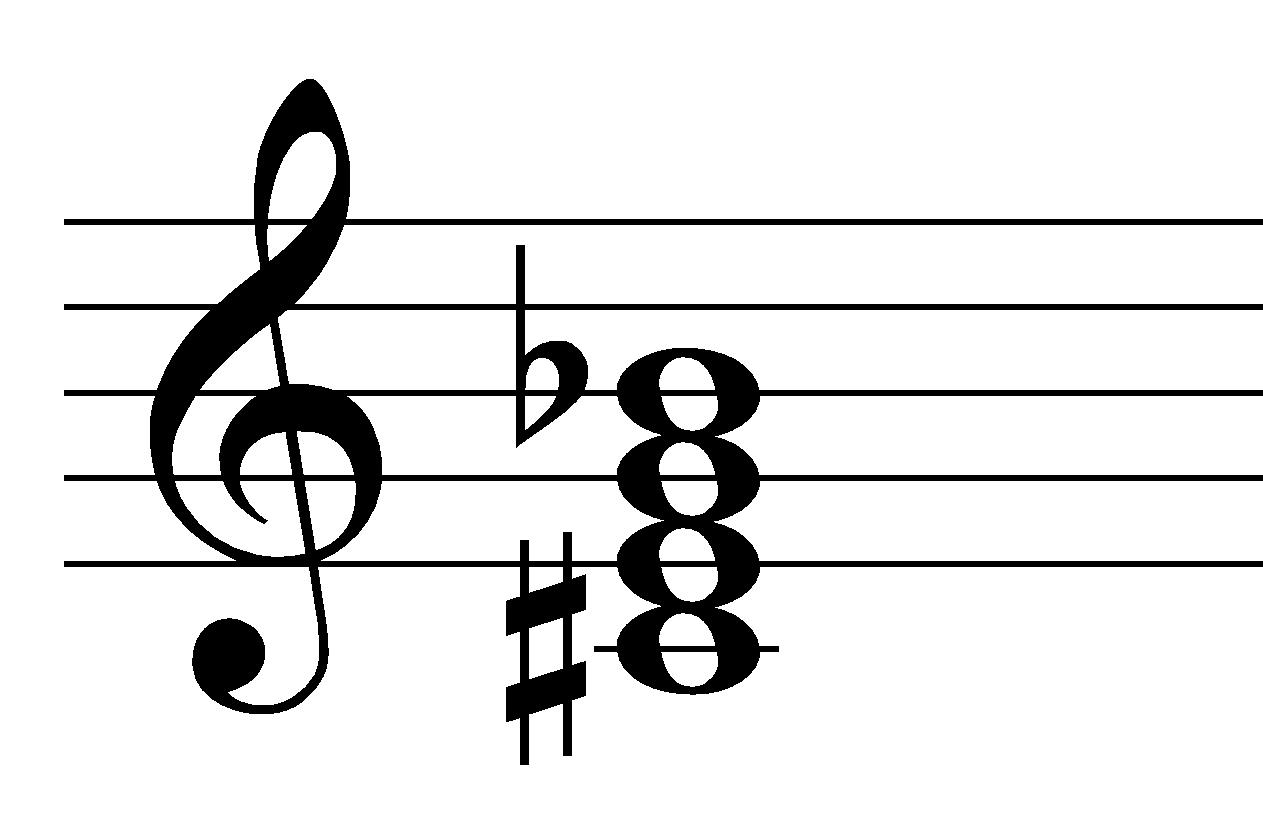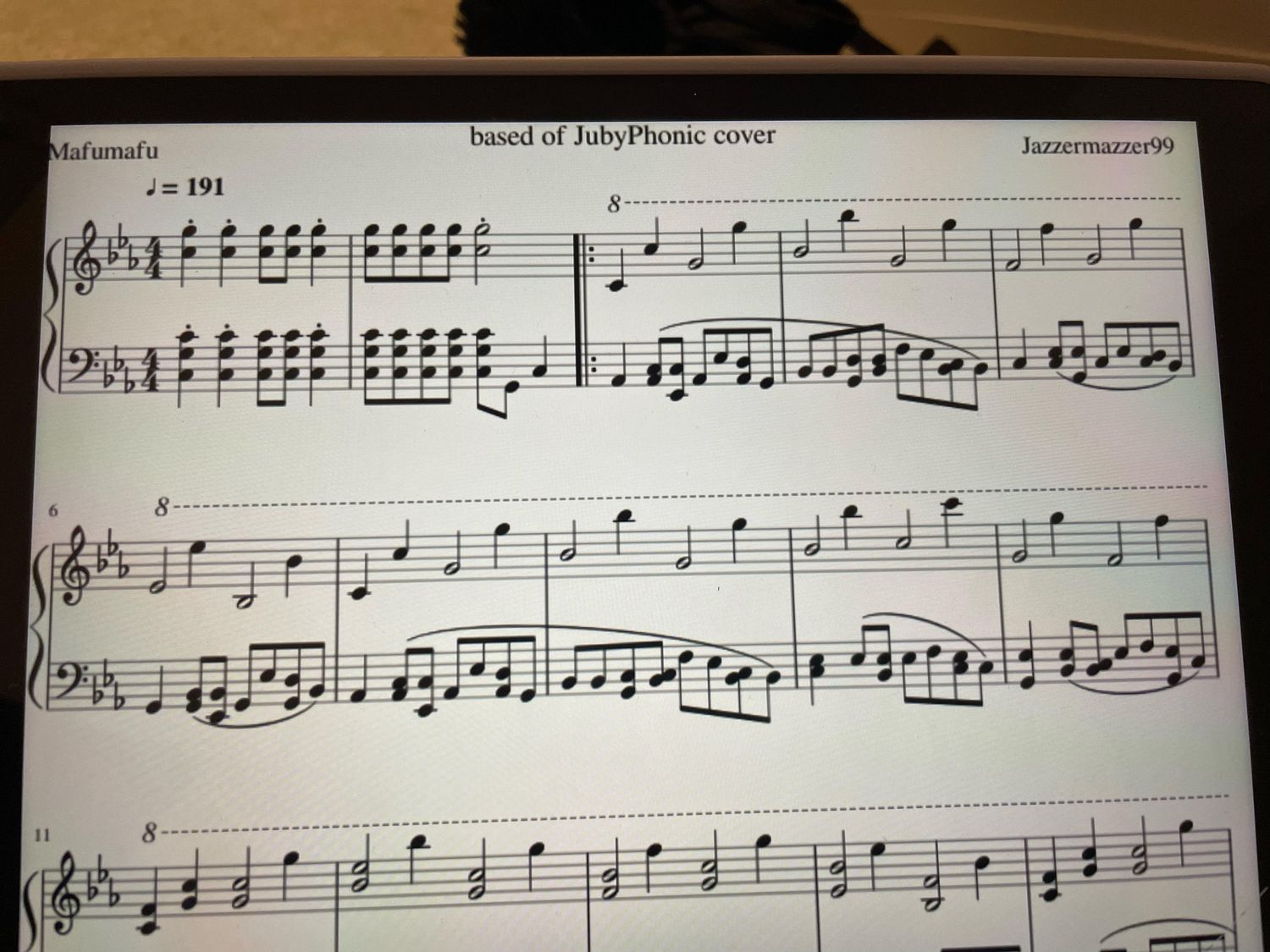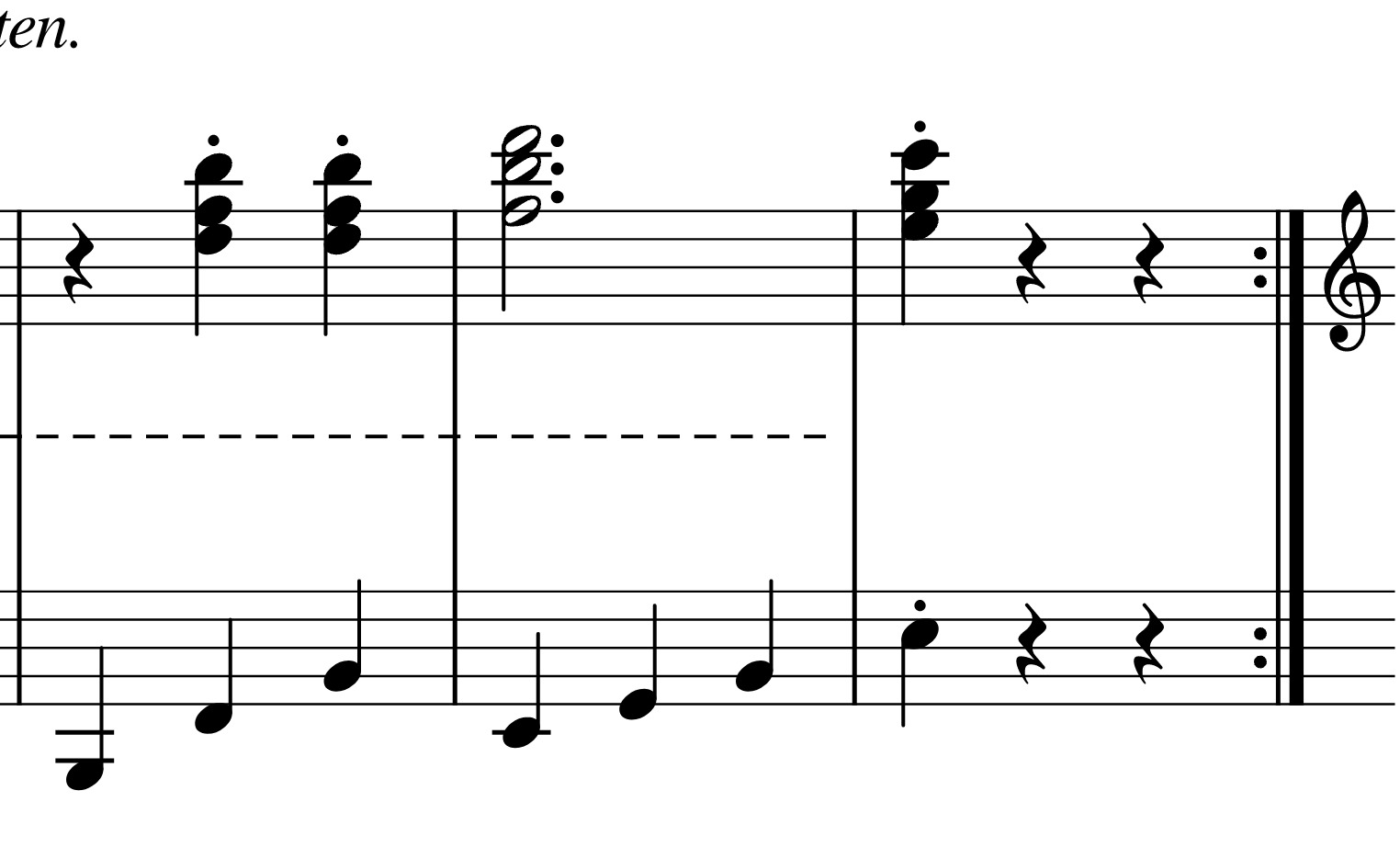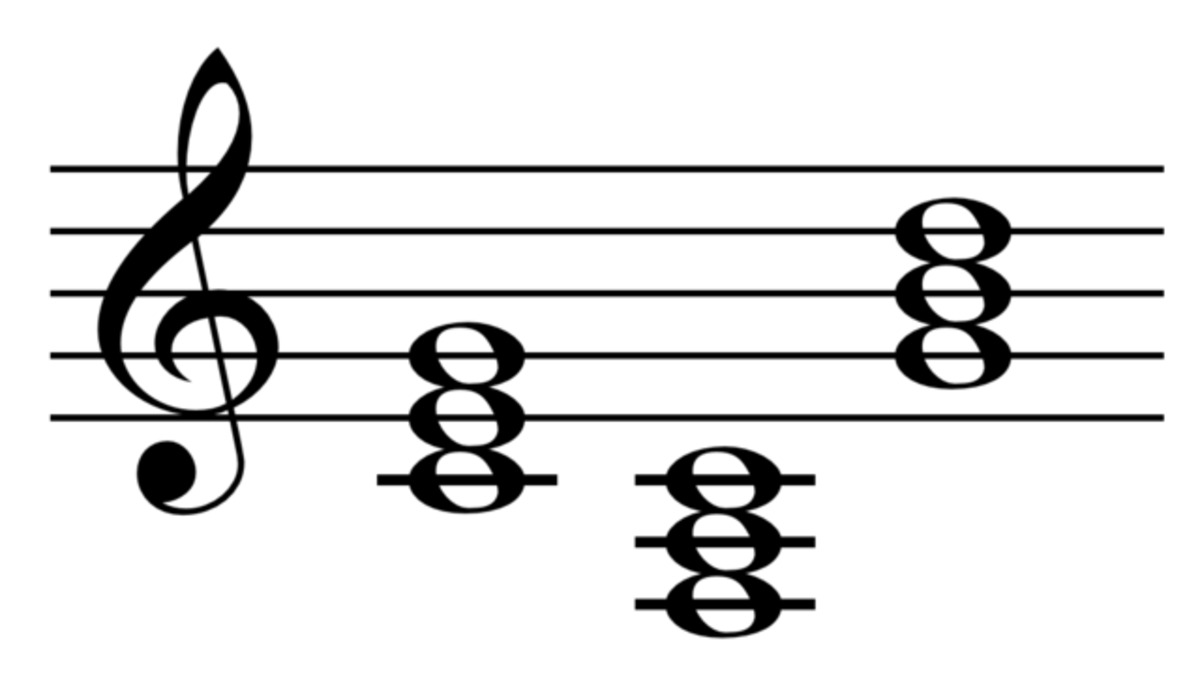Home>Production & Technology>Music Theory>Music Theory What Is Diminished


Music Theory
Music Theory What Is Diminished
Published: January 30, 2024
Discover the fundamentals of Music Theory and learn about the concept of Diminished chords. Dive into the world of music and enhance your understanding of harmony and composition.
(Many of the links in this article redirect to a specific reviewed product. Your purchase of these products through affiliate links helps to generate commission for AudioLover.com, at no extra cost. Learn more)
Table of Contents
Introduction
Welcome to the wonderful world of music theory! If you’re an aspiring musician or someone who simply enjoys listening to music, understanding the basics of music theory can greatly enrich your musical experience. One important concept in music theory is the notion of “diminished.” In this article, we’ll explore what diminished means in the context of music theory, including its definition, applications, and significance.
When we talk about diminished in music theory, we are usually referring to two main aspects: diminished chords and diminished scales. These elements play a crucial role in creating tension and adding a unique flavor to music. To fully grasp their significance, it’s essential to understand the underlying theory behind them.
Whether you’re a beginner or have some knowledge of music theory, this article will serve as a comprehensive guide, breaking down the complex concepts of diminished chords and scales into accessible and understandable terms. By the end, you’ll have a solid understanding of what diminished means and how it is used in music.
In the following sections, we will delve deeper into the specific components of diminished chords, scales, and their applications. So, let’s embark on this musical journey and uncover the enchanting world of diminished in music theory.
Definition of Diminished
Before we explore the intricacies of diminished chords and scales, let’s begin by understanding what “diminished” means in the context of music theory. In music, the term “diminished” refers to something that is made smaller or reduced in size, strength, or intensity. It is used to describe chords, scales, and intervals that have a distinct sound characterized by tension and instability.
Diminished intervals are intervals that are one semitone smaller than their corresponding major or perfect intervals. For example, the distance between C and E is a major third, but the distance between C and E♭♭ (double-flatted E) is a diminished third. Diminished intervals are often associated with dissonance and convey a sense of unease.
Diminished chords are triads consisting of a root note, a minor third interval, and a diminished fifth interval. This combination of intervals creates a dissonant and ambiguous sound that can be both intriguing and unsettling. Diminished chords are commonly denoted by the symbol “dim” or “°” after the root note.
Diminished scales, also known as octatonic scales, are scales constructed by alternating whole steps and half steps. They consist of a pattern of two different intervals: a whole step and a half step, repeated throughout the scale. The most commonly used diminished scale is the “half-whole” diminished scale, which starts with a whole step and is followed by a half step, repeated throughout the scale.
In summary, diminished in music theory refers to intervals, chords, and scales that are reduced in size or intensity, leading to a sense of tension and dissonance. Understanding the concept of diminished is essential for interpreting and utilizing its unique musical qualities in compositions and improvisations.
Diminished Triads
A diminished triad is a three-note chord consisting of a root note, a minor third interval, and a diminished fifth interval. This combination of intervals gives the diminished triad its characteristic dissonant and ambiguous sound.
To construct a diminished triad, begin with a root note and then move three half steps up to find the minor third interval. From there, move three more half steps up to find the diminished fifth interval. Let’s consider the example of a C diminished triad. Starting with the root note C, we move three half steps to E♭ (the minor third), and then three more half steps to G♭ (the diminished fifth).
The resulting C diminished triad is spelled as C, E♭, G♭. Another way to represent a diminished triad is by using the root note followed by a lowercase “o” or the symbol “°” (C° or Co).
One interesting characteristic of diminished triads is that they are symmetrical. There are only four unique diminished triads, after which the same chord shapes repeat. These unique diminished triads are formed on the notes C, C♯/D♭, E, and F♯/G♭.
Due to their inherent dissonance, diminished triads create a strong sense of tension and crave resolution. They are often used in music to build suspense or add an unsettling atmosphere. Diminished triads can also function as dominant chords or tonic chords in minor keys.
When using diminished triads in chord progressions, they often resolve to either major or minor chords that are a half step above one of their chord tones. For example, a C diminished triad would commonly resolve to a B♮ major or B♭ minor chord.
Diminished triads also play a significant role in modulation, chromaticism, and harmonic substitutions. Their symmetrical nature allows for smooth voice leading and interesting harmonic progressions.
In summary, diminished triads are three-note chords consisting of a root note, a minor third interval, and a diminished fifth interval. They create tension and dissonance, and their symmetrical quality makes them versatile for modulation and harmonic exploration.
Diminished Scales
Diminished scales, also known as octatonic scales, are scales that consist of a pattern of alternating whole steps and half steps. They are widely used in various musical genres to create unique and tension-filled sounds. There are two commonly used diminished scales: the whole-half diminished scale and the half-whole diminished scale.
The whole-half diminished scale, as the name suggests, is constructed by alternating whole steps (two half steps) and half steps. For example, the C whole-half diminished scale is notated as C, D, D♯/E♭, F♯/G♭, G♮, A♮, B, C. This pattern of intervals repeats throughout the scale, resulting in a distinct and symmetrical sound.
The half-whole diminished scale follows a pattern of alternating half steps (one half step) and whole steps. For instance, the C half-whole diminished scale is notated as C, D♭, D♯/E♭, E, F♯/G♭, G, A♭, A. Again, this pattern repeats throughout the scale, creating a unique musical texture.
The symmetrical nature of diminished scales makes them highly versatile and adaptable. Since the number of half steps and whole steps remains consistent, the same scale pattern can be applied to different starting notes, allowing for easy transposition and modulation.
Diminished scales are commonly used in jazz, classical, and contemporary music to add tension, dissonance, and chromaticism to compositions and improvisations. They are especially effective for creating suspenseful or atmospheric passages.
One notable aspect of diminished scales is the presence of multiple diminished triads within the scale. For example, in the C whole-half diminished scale, there are four distinct diminished triads: C°, D°, E♭°, and F♯°. This highlights the harmonic richness and potential for chord substitution that diminished scales offer.
When utilizing diminished scales, musicians often take advantage of the scale’s symmetrical structure to create melodic patterns and sequences that have a sense of forward motion. Additionally, diminished scales can be used to improvise over diminished chords and dominant chords with altered tensions.
In summary, diminished scales are scales composed of alternating half steps and whole steps. They are used in music to create tension, dissonance, and chromaticism. Their symmetrical nature allows for easy transposition and modulation, making them a valuable tool for musicians and composers.
Diminished Chords
Diminished chords play a significant role in music theory and are known for their distinct and unique sound. A diminished chord is a triad consisting of a root note, a minor third interval, and a diminished fifth interval. This combination of intervals creates a dissonant and ambiguous quality.
To construct a diminished chord, start with a root note and then move three half steps to find the minor third interval. From there, move three more half steps to find the diminished fifth interval. For example, let’s consider the C diminished chord. Starting with the root note C, we move three half steps to E♭ (the minor third), and then three more half steps to G♭ (the diminished fifth).
The resulting C diminished chord is spelled as C, E♭, G♭. Another way to represent a diminished chord is by using the root note followed by a lowercase “o” or the symbol “°” (C° or Co).
One characteristic of diminished chords is that they are symmetrical. There are only four unique diminished chords before the same chord shapes repeat. These unique diminished chords are formed on the notes C, C♯/D♭, E, and F♯/G♭.
Due to their inherent dissonance, diminished chords often create a sense of tension and instability. They are frequently used as passing chords, leading to major or minor chords that are a half step above one of their chord tones. For example, a C diminished chord would commonly resolve to a B♮ major or B♭ minor chord.
Diminished chords can also function as dominant chords in harmonic progressions. In this context, they are known as diminished seventh chords or fully diminished chords. A diminished seventh chord is a diminished triad with an added diminished seventh interval. For example, the C diminished seventh chord is spelled C, E♭, G♭, B♭♭ (double-flatted B).
In addition to their harmonic function, diminished chords are often used as melodic devices. Their symmetrical structure allows for interesting melodic sequences and chromatic movement.
Overall, diminished chords add tension, dissonance, and a touch of mystery to music. Their unique sound and versatility make them valuable tools for composers, arrangers, and improvisers seeking to create captivating and intriguing musical moments.
Common Uses of Diminished
Diminished chords and scales have a wide range of applications in music, and understanding their common uses can greatly enhance your musical vocabulary. Here are some of the most prevalent ways in which diminished chords and scales are utilized:
- Tension and Resolution: Diminished chords are often employed to create tension in a piece of music, which is then resolved by transitioning to a more stable, consonant chord. This tension and release dynamic can add dramatic impact to a composition.
- Chromaticism: Diminished chords and scales are frequently used as chromatic passing chords or as a means of adding chromatic tones to progressions. Their dissonant nature can generate a sense of forward motion and add color to harmonies.
- Modulation: Due to their symmetrical structure, diminished chords and scales are useful tools for modulating between different keys smoothly. By employing the shared tones between two diminished chords, musicians can transition to a new tonal center effectively.
- Substitution: Diminished chords and scales offer opportunities for chord substitution, allowing composers and improvisers to explore different tonal possibilities within a given harmonic context.
- Jazz and Improvisation: Diminished chords and scales are integral to jazz and improvisational music. Musicians often use diminished scales to improvise over diminished and dominant chord structures, adding complexity and a sense of adventure to their solos.
- Dominant Function: Diminished chords can serve as dominant chords in progressions. In this capacity, they create tension that leads to the resolution of a tonic chord, adding excitement and driving the harmonic motion of a piece.
These are just a few common uses of diminished chords and scales, but their versatility extends far beyond these examples. As you develop your understanding of music theory and explore different musical genres, you’ll discover even more creative applications for diminished elements.
Diminished chords and scales bring a unique character to music, providing a touch of tension, dissonance, and intrigue. They allow for musical exploration and expression, enabling composers and performers to captivate their audiences with evocative and unexpected harmonies.
Conclusion
Congratulations! You’ve now journeyed through the world of diminished in music theory, exploring its definition, components, and common uses. Diminished chords and scales play a vital role in adding tension, dissonance, and intrigue to music compositions and performances.
Diminished triads, with their dissonant intervals, create a sense of ambiguity and are often used to build suspense or add an unsettling atmosphere. Diminished scales, with their alternating half steps and whole steps, offer unique opportunities for chromaticism, modulation, and melodic exploration.
Understanding the theory behind diminished chords and scales opens up a wealth of creative possibilities. From tension and resolution to chromaticism and modulation, diminished elements can enhance the emotional depth and complexity of musical compositions.
Whether you’re a composer, performer, or music enthusiast, incorporating diminished chords and scales into your musical vocabulary can elevate your understanding and expression of music. As you experiment with these concepts, you’ll discover the power of tension and dissonance in creating captivating and memorable musical moments.
So, as you continue your musical journey, don’t be afraid to embrace the dissonant allure of diminished chords and scales. Use them to create tension, add color, and explore new harmonic territories. The world of music theory is vast and ever-evolving, and your knowledge of diminished will undoubtedly enhance your musical experiences and abilities.











